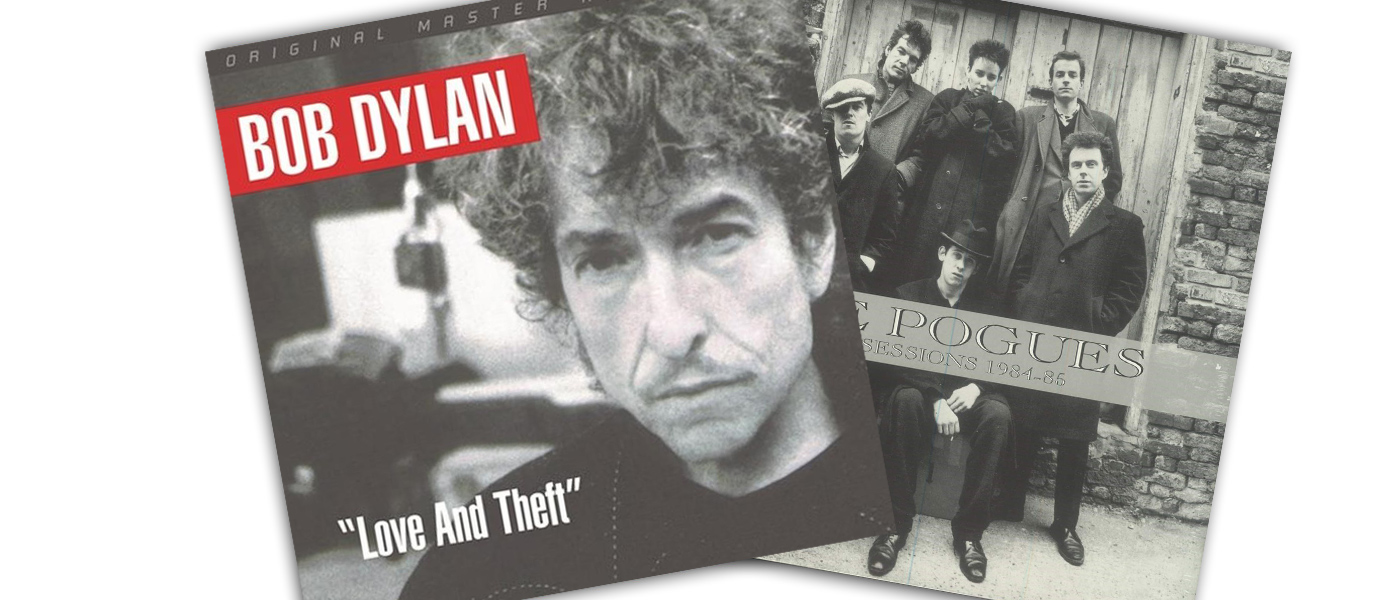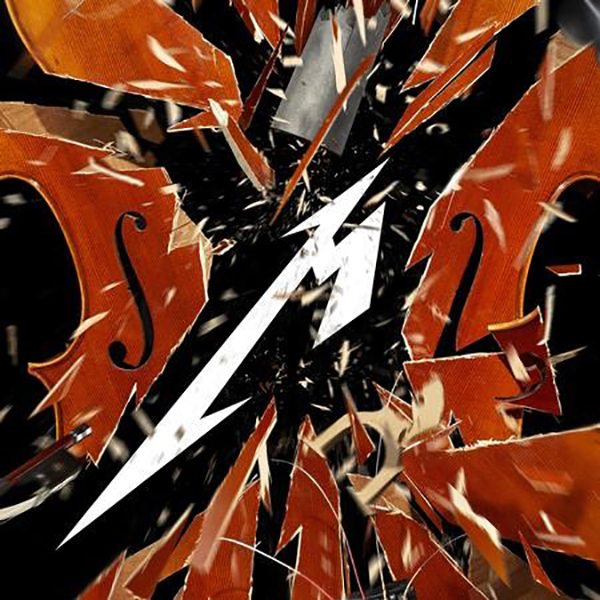
There was a general feeling on Friday, September 6, 2019, that if you were in San Francisco and you weren’t headed towards the glistening new Chase Center, you were in danger of missing something extraordinary. The sun was high and bright, but the black-clad vampires stalking Polk Gulch seemed oblivious… and hungry. For blood or burritos or anything besides the $20 slices of pizza that would be for sale when the new arena opened its doors for its first-ever public event that night: hometown heroes Metallica reuniting after 20 years with the San Francisco Symphony. A second show was hastily added to accommodate the band’s fans that got shut out of the first event, but who wants to tell stories about being at the second-ever event at the Chase Center? Still, adding the second show was a service to the fans, but also to the band and crew who were recording the shows for posterity. They now had double the chance to get it right. They’d cut the pressure in half.
The event, and the resultant films and albums, were called S&M2. Everyone was excited and confused. The venue’s ushers didn’t know where entire sections of floor seating were, let alone the two folding chairs that you were searching for. Last second seats could actually be snapped up on StubHub for half of the original price, and many of the Chase Center workers tasked with making the experience memorable (and smooth) would still not have been able to afford tickets for themselves, a sign of the times in SF. There was a movie camera installed in place of the author’s seats so he and his companion were placed elsewhere such that the band members would be rotating on the circular stage to within a few short feet of their smiling faces at various points throughout the program. It was overwhelming.
Secrets Sponsor
The Symphony opened the show with Ennio Morricone’s “The Ecstasy of Gold” before Metallica joined in for a run through early instrumental “The Call of Ktulu.” The rest of the first set was mostly populated by latter era pieces before a set break that ended when Michael Tilson Thomas took the stage for the first time to give a quick history lesson and conduct the Symphony’s take on Prokofiev’s “The Scythian Suite.” Metallica’s members rejoined the fray for a run through “Iron Foundry” (Mosolov), then “The Unforgiven III” with only James Hetfield singing atop symphonic accompaniment. Soon, the onslaught would begin…
The SF Symphony’s principal bassist, Scott Pingel, threw the first stone with an intensely moving tribute to Metallica’s original bassist, Cliff Burton, on a solo run through “(Anesthesia) Pulling Teeth.” Then, the hits started landing. “Wherever I May Roam,” “One,” “Master of Puppets,” “Nothing Else Matters,” and the obligatory ode to nightmares, “Enter Sandman.” All of the metal monsters’ technical virtuosity were highlighted and expanded by the Symphony’s support. Like the secondary turbo boost that blasts the rocket into the next stratosphere. The vampires smiled and were sated. They would fly home to their caves, reemerging at dawn as financial planners, CEOs, and coders.
The sound in the arena was impressive but understandably muddied at times. The Chase Center was built for basketball, not sonics. But it sounded better than one would have had the right to expect, and the energy behind and the execution of the performances were astounding. The audience knew in real-time that it was witnessing a historic performance by one of the world’s biggest acts, and the resultant press coverage bore this out. Attendees could scroll through the news the next morning and read accounts of the shows from outlets around the world.
The sound on the four-album set that documents the events is considerably cleaner with surprising definition and remarkable clarity. The symphonic accents are reanimated, and the bass is more controlled. The entire program is presented in the order it was performed, though stitched together from the best of both nights. The photo album packaging seems appropriate to the event with a full-sized 16-page booklet with essays included for additional context. The info in the dead wax shows that these were pressed at Pallas, and they are almost flawless. There were a total of three imperfections counted across all eight sides, none lasting for longer than a couple of quick “clicks.” The copy for review was of the standard black variant, but there are colored copies available. And boxes with posters and guitar picks and movies. And additional boxes with autographs and the like. The shows were a big deal, and the recordings and their presentations reflect that. Like the shows themselves, the prices range from “Kind of Expensive” to “Lunacy.”
Almost a year on, the Chase Center sits empty, the food court closed, and Metallica just played a pre-recorded show for drive-in audiences everywhere so that the vampires could avoid rubbing wings with each other. The implications are obvious. September 6, 2019, could not feel further away. So the records help. They honestly, truly help. Future live events of this scale are hard to envision from here. The vampires may not convene again in our lifetime. Not like this. S&M2 was a heartfelt reunion and an unwitting ellipse. Those who were there will remember it for… as long as it takes.
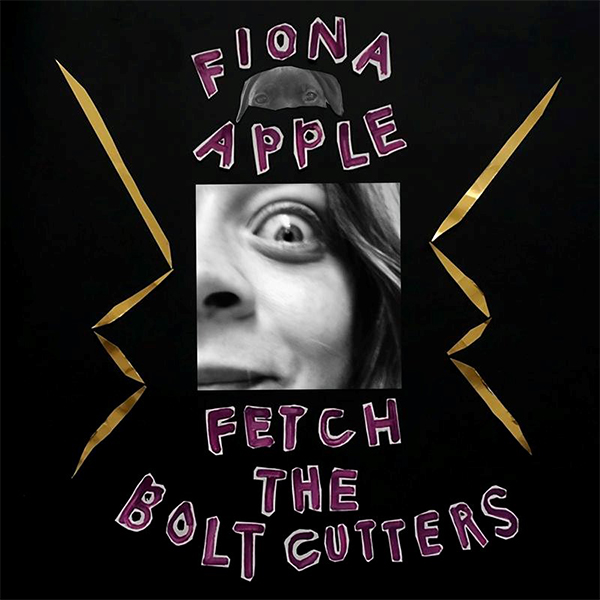
To listen to Fiona Apple in 2020 is to witness an artist’s fearlessness. It doesn’t seem that she is without fear. She just seems less afraid of being fearful than the rest of us. To be certain, Fetch The Bolt Cutters documents and creates some uneasy moments. It is a work at once challenging and enjoyable. It often sounds like Apple is beating something out of herself with a piano as her hammer. And, during the headiest moments on Bolt Cutters, her release powers ours. In that way, the album seems important. Apple addresses universal themes and concerns through an intensely personal lens, and her stance is not difficult to discern. Nor are her concerns. She has a giant voice, and she’s found the courage and the platform to amplify it. And that might be enough to offer the gift of hope. Or fear, depending on which side of the line you’re standing.
The listener may plainly hear a snippet of studio dialogue at the conclusion of “Fetch The Bolt Cutters.” It is a monosyllabic summation of what one might safely assume Apple felt after the sessions that birthed her first album in eight years. It’s a simple but potent, “Yeah!” An acknowledgment of her accomplishment, though it’s not clear who is saluting. (It’s almost certainly not one of the four barking dogs credited and featured on the track, but it might be Cara Delevingne.) The lyrics seem to describe a coming to terms with the coping skills that the character/singer developed in order to navigate their formative years. Which tells us that we might one day get to look back on, and even celebrate, the techniques we employed to wade through the morass that is this year. The vocals are sung, spoken, and whispered. There’s a melody. Elsewhere, there might not be.
“Shameika” finds Apple delivering her message in a more conversational way over scattered drums and half-raps. “Relay” feels more like a Double Dutch or cheerleading routine, though there’s not much jubilation when Apple sings, “I resent you presenting your life like a f*cking propaganda brochure.” Is this a dig at social media? A “swipe” at online dating? One can hope. “I Want You To Love Me” finds Apple exploring her own vocal textures from silk to gravel to impossibly sustained notes to “cat in a bathtub” yelping during a crescendo with her piano at the end. It sounds like more than the finish of a simple song. It seems much bigger. Here, the piano is treated like the percussion instrument that it actually is. And percussive sounds, often of indeterminate origin, frequently usurp melody’s time in the spotlight throughout much of FTBC, multiplying the piano’s strength when it is ultimately unleashed.
Bolt Cutters is a triumphant piece of work that requires multiple attempts at entry. If this were a dress, it would be designed more for ease of movement and performance than beauty. It is a patchwork of fabrics, some abrasive, some soft. It shows a lot of skin, but not in the interest of sex or style. It is simply freeing.
FTBC was pressed on two 180-gram records at MPO in France. They’re entirely silent when they’re supposed to be, and they reveal the information encoded in their grooves in great detail. The recordings are a little “hot” at times resulting in some sibilance, which fits the material. They were made at Apple’s home, which apparently is “on unceded Tongva, Mescalero Apache, and Suma territories.” A not-subtle reminder that anyone “defending” the US against immigrants is fortifying their position on stolen land. A lyrics booklet and download code are included.

In 2011, Madlib, a Hip-Hop genius and crate-digging kingpin, formed an outwardly dubious partnership with Gary, Indiana-based MC Freddie Gibbs. As one might reasonably expect, they call themselves “MadGibbs.” The pairing initially seemed untenable. Gibbs himself was reportedly ambivalent about the collaboration until Madlib sent him a bunch of beats that he’d earmarked for a Kanye West record. Gibbs got to work right away, and Kanye did whatever he did next. Everybody wins. The duo’s first LP, Piñata, was released to critical acclaim in 2014. Five years on, the pair was back at it with the release of their esteemed follow-up, Bandana. There’s no denying that the latter is relentlessly listenable despite the discomfort that many will experience as a result of the lyrical content. But now is not the time for resting comfortably anyway. Not in the USA. Ideally, we’ll use the strife and anger that we face daily to open our minds to new points of view and to use that information in a way that could be of use to people on the margins of this “fair and just” society. These songs will give you a taste of what those margins might feel like with a spoonful of sugar to help the medicine go down.
Bandana is a masterful mosaic composed of a trillion textures. At various times, one will encounter distortion and purposeful vinyl static, acoustic instrumentation and comedy skits, brass sections and boom-bap drum machine beats, Halloween horror keys, and luxuriant spacey reverb. And beatboxing. And scratching. And none of that accounts for the rapping, which revisits and revives some well-worn storylines in addition to spotlighting some newer ones. Some of the topics include police brutality, our relentlessly whitened images of Jesus, enslavement, and the prison industrial complex. There is also the unfortunate specter of homophobia to contend with. And death. This is not Hammer time. Many of Gibbs’s rhymes were composed in a European jail cell where he was being held on charges that he was ultimately acquitted of.
Bandana is also a complicated and crowded scene requiring multiple focused listens to discern themes and storylines. And increased concentration to even recognize where one song stops and the next starts. Madlib doesn’t change lanes without checking his blind spots. He rips u-turns at 100 mph and heads for the ditch while blindfolded. Songs switch styles mid-stream so that what appears to be a single movement feels like four. The program accelerates on side two like a purple sparkle muscle car racing towards a flaming ramp that’s going to launch this performance into permanent orbit. Like a satellite, we can connect to from this point forward.
Secrets Sponsor
Here’s where the fun really gets rolling: The copy chosen for review was a “test pressing” edition that was mastered by Bernie Grundman and pressed at Optimal. It was never commercially released outside of Madlib’s headquarter store in LA. It came in a plain white sleeve with plain white center labels, and it is flawless. There were probably around 100 pressed. There are also multiple colored variants, cover variants, and a “director’s cut” with alternate mixes. And an instrumental version. Most are still readily available. Try not to be afraid. If you can stomach the language and can stand up to the content, Bandana will reward you. Just know who you’re riding with before you jump in the muscle car.
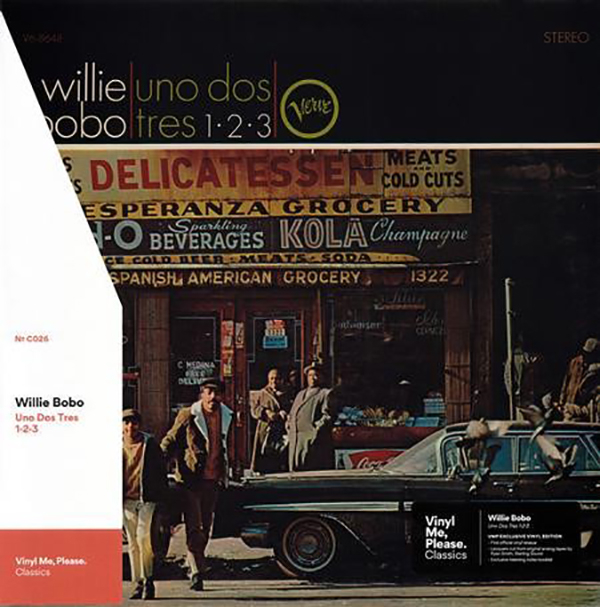
Being exposed to sounds that one might not have found on their own is one of the prime benefits of being a member of the Vinyl Me, Please record club(s). The process goes something like this: VMP releases a title (often overlooked or obscure) either as a Record of the Month (subscription only) or a weekly “store drop” (for members and non-subscribers alike), the listener activates their preferred streaming service to get a taste of what’s on offer if they don’t know already, then decides whether or not to take the plunge on the proffered title. If it’s not your bag, you can swap a ROTM for something you find more palatable in the VMP back catalog (or for store credit). For those who want to dig a little deeper, there’s an active and vibrant community talking all things VMP on Reddit, often with detailed knowledge, always with great passion. Right now, people are passionately ripping VMP’s management for a recent (and quite substantial) price increase, along with shipping issues and perceived customer service slights. Being a member is not without its frustrations. The mailers that VMP uses expose their shipments to increased risk of damage, including warps and dings and dents and scratches. But if any of that comes to pass, you send a picture or a video of the offending article, and they send you a new one. You might have to repeat the process until you get what you paid for. But you will. And when you do, you’ll have a high-quality slab of vinyl to lord over forever. Or for as long as you want.
July of 2019 saw VMP unveil Willie Bobo’s Uno Dos Tres 1.2.3 as their ROTM for the Classics track. It’s a Boogaloo blast. A Latin explosion of shakers and wooden blocks, snares and hand drums, punchy brass, anchor bass, and choppy guitar. Occasionally, there are vocals, mostly in a group setting, without regard for harmony or nuance. Crowd sing-a-longs, basically. In one scene, you’re somewhere warm, drinking your coffee and smoking a cigar in a robe reading the newspaper (“I Remember Clifford”). In another, you’re in a beige polyester leisure suit sipping pineapple drinks from red-colored cocktail glasses off a white plastic table, then dancing your way to the dance floor to dance more (“The Breeze and I”). You’ll have a hard time placing “Rescue Me” until it becomes deliriously obvious during the chorus. “Michelle” is like a close friend sneaking up next to you with a surprise new hairstyle. The recordings are alive throughout, but the trumpet solo during “Michelle” is especially present as Rudy Van Gelder’s recording replicates a live show without amplification. The drummers play wherever they’ve set up their respective kits while the horn soloists flank everyone. The bassist and guitarist’s amps aren’t miked. They’re attacking from distinct spots on the soundstage. But you can’t pay attention to any of it because your hips keep running away with you.
QRP did a phenomenal job with this pressing. Ryan K. Smith cut the lacquers from the original master tapes, and the record’s damn near perfect outside a couple of brief instances of distortion, possibly in the master tape. Uno Dos Tres is a prime example of a premium VMP offering. They’re sold out, but it can still be found affordably on aftermarket sites. Do it soon. And mind your hips.
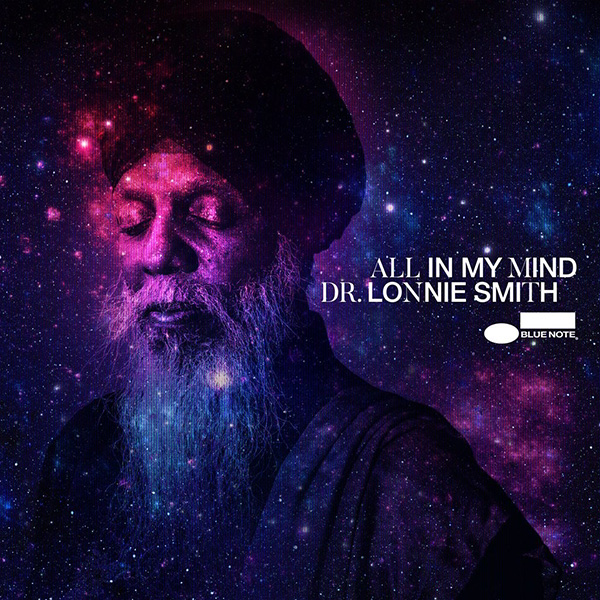
Don Was, the head man in charge of one Blue Note Records, was so enamored of the Music Matters Blue Note reissue campaign that he spearheaded a copycat program based on the same principles. He calls it the “Tone Poet” Series, and he tasked MMJ’s Joe Harley with quality control and curating duties. The idea is to take the original master tapes and present them in the best possible lighting. To give them the treatment they deserve, essentially. And they are essential. Blue Note is a fine cultural institution. One could play the If I Were Stranded On a Desert Island game all day with their titles. In 2020, presenting those recordings with the respect they command involves housing them in gatefold sleeves that are so heavy they could be weaponized. The Tone Poet sleeves would lose in a fight with the MMJ covers, both due to weight and content, but the TP sleeves are more substantial than most. They do the job. The MMJ records are amongst the most compelling vinyl releases available. Full stop. Much of that can be attributed to the magic that Rudy Van Gelder worked during the original recording sessions. The TP series taps that well but also features newer recordings. And not all recordings were created equal, and some weren’t recorded to tape at all. This is where things get a bit confusing.
The Blue Note 80 series is currently in production too. Joe Harley’s not involved. But Kevin Gray handles the mastering for the TP & BN80 productions. Both advertise using the original master tapes, but Robert Glasper’s Canvas, for example, was recorded with ProTools. Research is required. TP discs are pressed at RTI, BN80 at Optimal. Both plants are well regarded, in general. Audiophiles will argue this. And everything else. But both plants do consistently strong work. They’re a safer bet than most. Single disc BN80 releases run around $25 each, TP closer to $35. So there’s that.
All In My Mind was recorded live in NYC as part of Dr. Lonnie Smith’s 75th birthday celebration. It’s part of the TP series. Sounds pretty great. But are we to assume that someone recorded the show to tape? On a reel-to-reel? Or maybe a DAT, which doesn’t really count as “tape” to most purists? It’s hard to find this info, and it really shouldn’t be. Vinyl collecting still has a Wild West feel in the sense that you’re often running blind and hoping for good results. If you get a poor pressing, you’re usually stuck. That could be mitigated if the pressing plant used was publicized. Let’s pass a law.
Anyway…
Dr. Lonnie Smith is a master of the Hammond B3. No one will debate that with you. All In My Mind finds him ceding much of his time in the light to Jonathan Kreisberg’s guitar. The release could have been credited to Kreisberg, and it would have made sense. He’s the one playing the verse on Smith’s cover of “50 Ways To Leave Your Lover.” The two split duties on “Davika,” too. Right down the middle. The trio’s cover of Wayne Shorter’s “Juju” sounds like something a lighter weight Gov’t Mule might pull off if you squint. The propulsive bass, the skittering lead guitar. It’s all there waiting for some jam band to try their hand.
We’re in the Soul Jazz arena here, basically, and Smith’s playing is as groovy as ever, baby, even if it’s in scarcer supply than one might expect. Lamentably, the vinyl version is minus two songs that were included on the CD. This is really weird. But it also makes for a tight, sub 45 minute listen, and you’ll come away cleansed. Like you just stepped out of a spiritual shower. The pressing is flawless, and the mastering is great. If you’re not averse to the price, which is very much in line with what one can expect to pay for an “original master recording” in this God-forsaken year, the TP series will reward you with some desert island flair for a long, long while. Explore freely.


